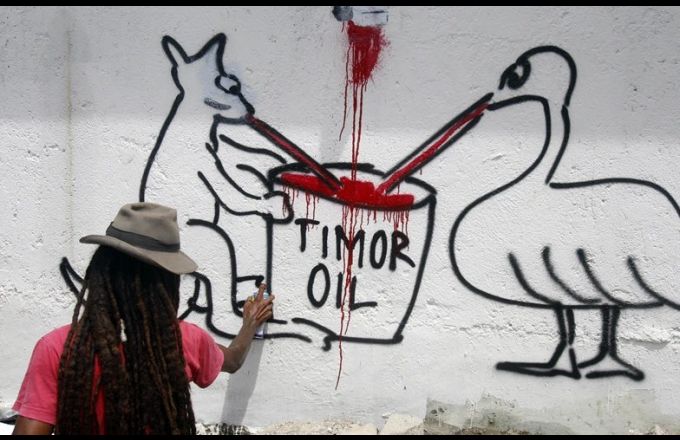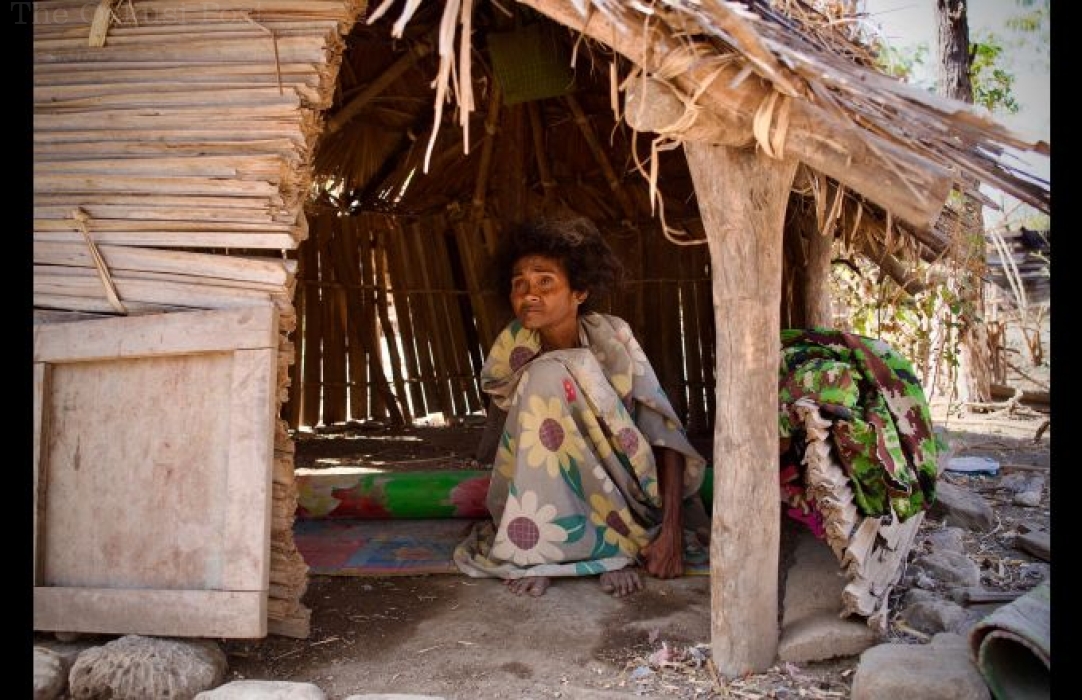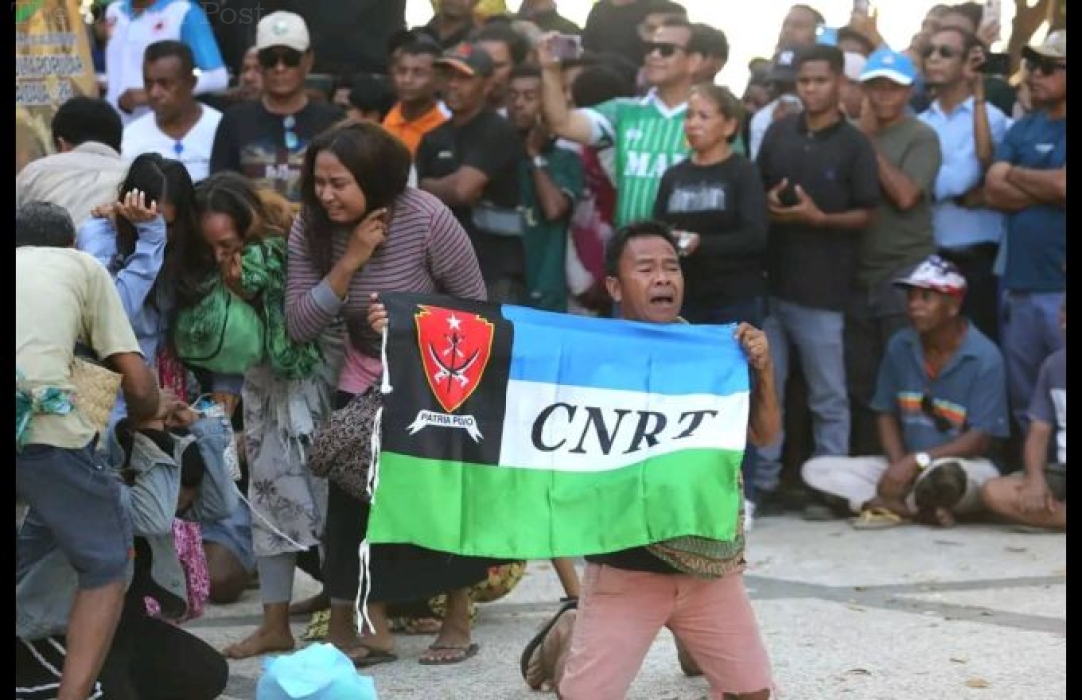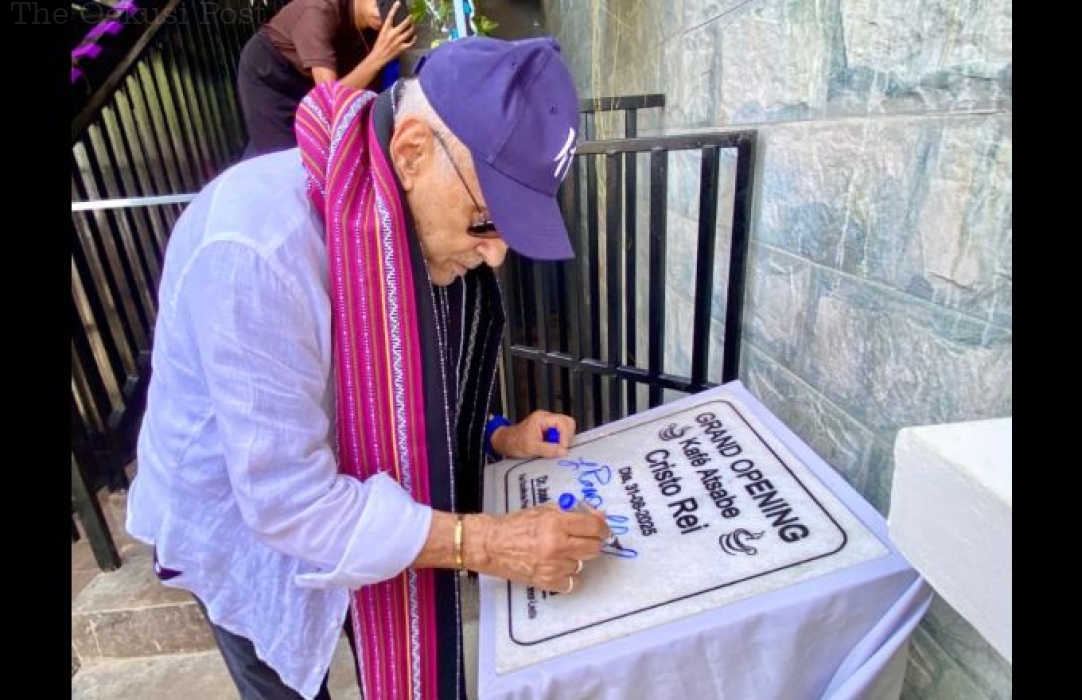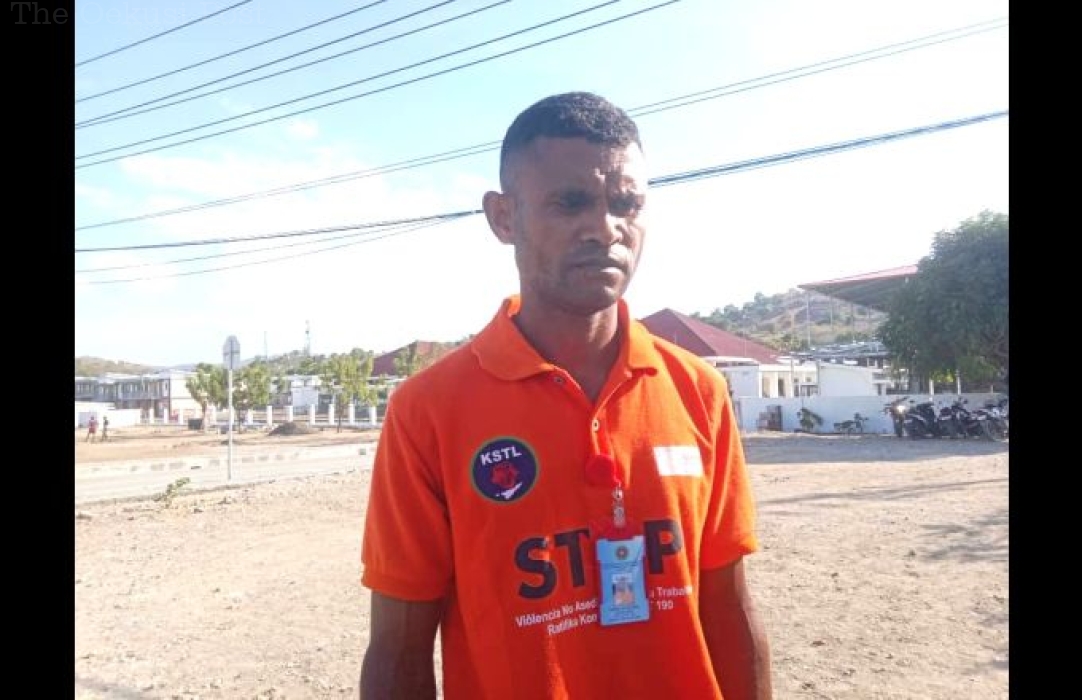DILI (TOP) – After Timor-Leste restored its independence on May 20, 2002, giant oil companies from several countries in the world began to look to the Timor Sea to explore the natural wealth of this small country which is embedded in the seabed.
In January 2021 Santos, as operator of the Bayu-Undan Joint Venture, announced a final investment decision for the US$235m 3 well infill drilling program at Bayu-Undan.
According to Santos, the project will extend field life, optimise field recovery and deliver significant value to the people of Timor-Leste. Only through a close and constructive working relationship with the Timor-Leste Government have we been able to move so quickly towards our shared goal of maximising value from the Bayu-Undan field.
And also in September 2021, the company signed another MoU with the Timor-Leste regulator Autoridade Nacional do Petróleo e Minerais (ANPM) to progress Carbon Capture and Storage (CCS) at Bayu-Undan in the Timor Sea.
Santos' contract will expire this year. Therefore, the Chief Executive Officer of Santos Limited, Kevin Gallagher, accompanied by his Country Director José Lobato, informed the President of the Republic, José Manuel Ramos-Horta, on Tuesday.
After the meeting with President Horta, Kevin stated that he was very happy to be able to come to this small country where the Santos company has made huge profits in the Timor Sea for the last two decades.
Kevin added that the purpose of meeting with President Horta was to inform him about their activities in the Timor Sea which will end this year. And over the last two decades, Kevin stated that Santos has contributed around US$21 billion to Timor-Leste.
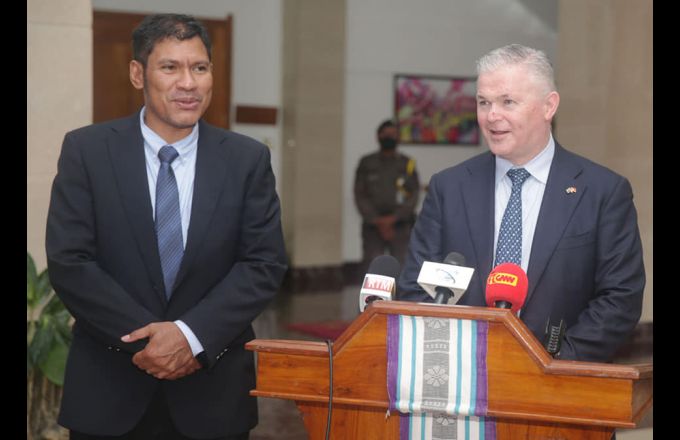
Actually, the US$21 billion did not come from the wallet of the Santos Limited company but from the results of oil and gas exploration in the Timor Sea so far.
“During the past two decades, the Bayu-Undan project has played a critical role in the financial independence of the Timorese people with over US$21 billion contributed to the Timor Leste nation,” Kevin told the journalists.
Santos also informed the president about their plan to dismantle their equipment which has been used at the Bayu Undan oil source.
According to Santos, oil resources in Bayu Undan will dry up this year, but Kevin stressed that the Santos company will continue to work closely with the Timor-Leste government to look at other investment opportunities such as in the carbon sector. And the facilities used during the oil and gas exploration process in Bayu Undan will be reused for carbon investments.
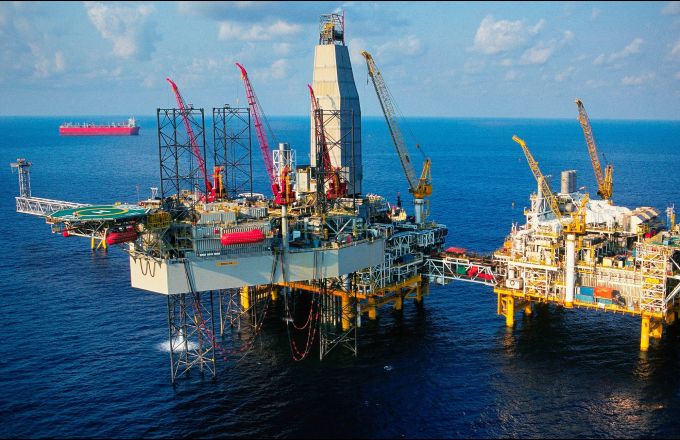
In May 25, 2021, Santos announced the Phase 3C infill drilling program has commenced at the Bayu-Undan field, in Timor-Leste offshore waters.
The program, given a Final Investment Decision in January last year, comprises of three production wells and will develop additional natural gas and liquids reserves, extending field life as well as production from the offshore facilities and the Darwin LNG plant.
Santos has a 43.4% operated interest in Bayu-Undan. The remaining interest is held by SK E&S (25%), INPEX (11.4%), Eni (11%), JERA (6.1%), and Tokyo Gas (3.1%).
Previously, Chief Negotiator in the Maritime Boundary Delimitation Kay Rala Xanana Gusmão stated that the oil and gas resources in Bayu Undan were not depleted or dry in 2023 but a petroleum activity license which would expire in 2022.
"It's not Bayu Undan who will dry up in 2022. The license will expire," Xanana stated this to answer various speculations and campaigns that have been running in the country, July 2019.
He accused oil companies from Australia all this time entering and leaving Bayu Undan according to their own will, but according to Xanana that after the maritime border treaty enters into force all their documents will be controlled.
Xanana's desire has been hampered somewhat by the domestic political constellation.
After the minority government led by prime minister Mari Alkatiri fell in 2017, President Lú Olo announced fresh elections in 2018 and were won by three political parties that joined the Alliança Mudança ao Progresso (AMP) led by the CNRT party.
After the formation of the eighth government, President Lú Olo refused to inaugurate several cabinet members from the CNRT party and finally political impasse has started to occur since then until now.
Some comments stated that Xanana's desire to bring the pipe line to Timor-Leste would happen if his party won the 2023 elections, and would also control the Australian oil companies who, according to Xanana, have been “cheating” on taxes to Timor-Leste.
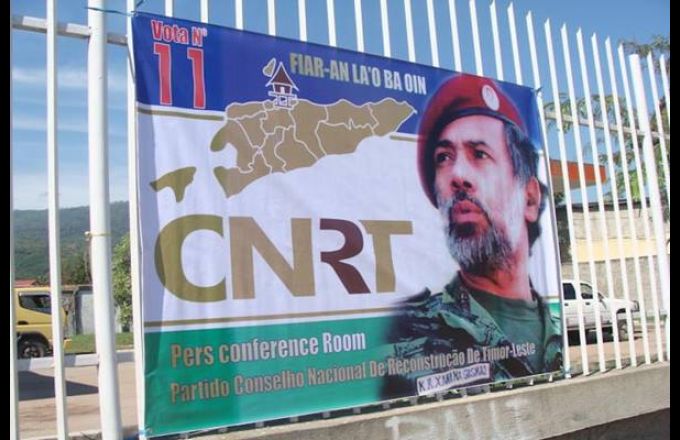
Historically, Australian oil companies began looking for oil and gas in Greater Sun Rise as early as 1970, after Australia and Indonesia shared the natural wealth in Timor-Leste's seas, excluding Portugal.
In 1989, they closed the “Timor Gap” to share the occupied resources in the Joint Petroleum Development Area (JPDA).
The 2006 CMATS treaty prohibits discussing maritime boundaries for 50 years. This agreement distributes Sunrise production 50-50. Australia is starting to put its “greed” on oil and gas rather than respecting the sovereignty of its neighbors or international law.
Under UNCLOS, Timor-Leste is the owner of all areas north of the median line.
In January 2017, Australia received Timor-Leste's request to cancel the CMATS treaty. And finally, Timor-Leste won a great victory on March 6, 2018 when Australia and Timor-Leste signed the Treaty Establishing Their Maritime Boundaries in the Timor Sea (hereinafter, Boundary Treaty). After decades of occupation and struggle, and tens of billions of dollars in extracted petroleum, the Australian government finally accepted its northern neighbor's sovereign right to a border based on current international law. This article will examine the provisions and implications of that agreement, its historical significance, and what is likely to happen as a result of the precedent-setting Boundary Treaty.
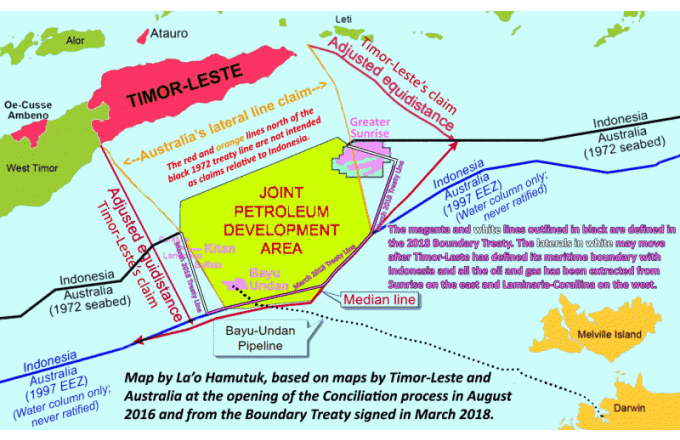
The dream of bringing or pulling the pipe line to Timor-Leste has yet to come to fruition because almost all oil companies from Australia chose the floating option, while the hero for the liberation of Timor-Leste Kay Rala Xanana Gusmão was adamant that the pipe line option had to be pulled to Timor-Leste to be able to do so. provide new jobs to the entire community in this small country that once helped Australia expel the Japanese in the second world war.






